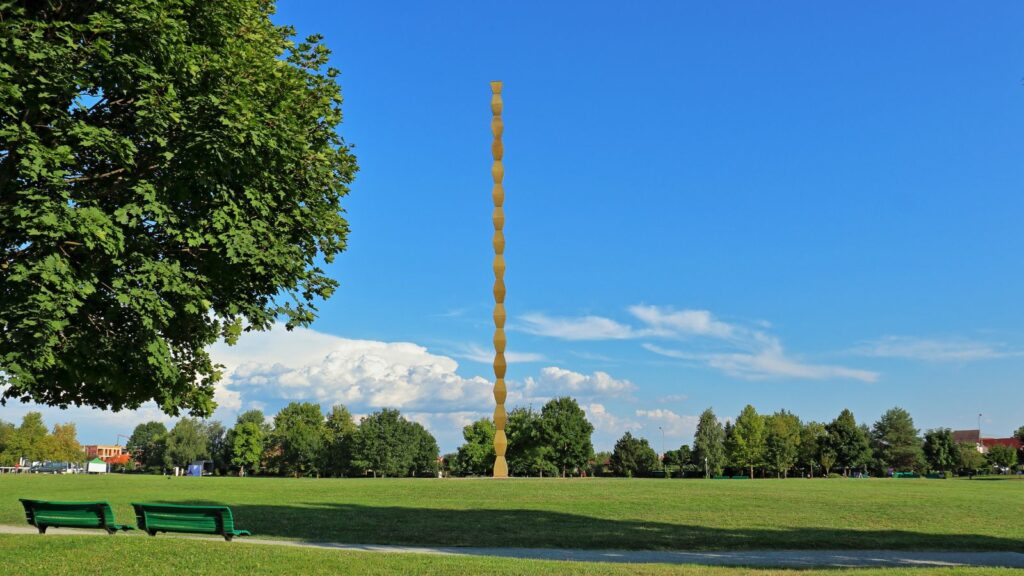Canada is renowned for its vast landscapes and natural beauty, but it also boasts an impressive portfolio of public art installations that challenge perceptions, celebrate culture, and transform ordinary spaces into unforgettable experiences. From colossal sculptures in the wilderness to immersive urban landmarks, Canadian public art is as diverse and dynamic as the country itself. These 20 installations are must-see marvels for art lovers, travelers, and curious minds alike.
The Giant Beaver – Beaverlodge, Alberta
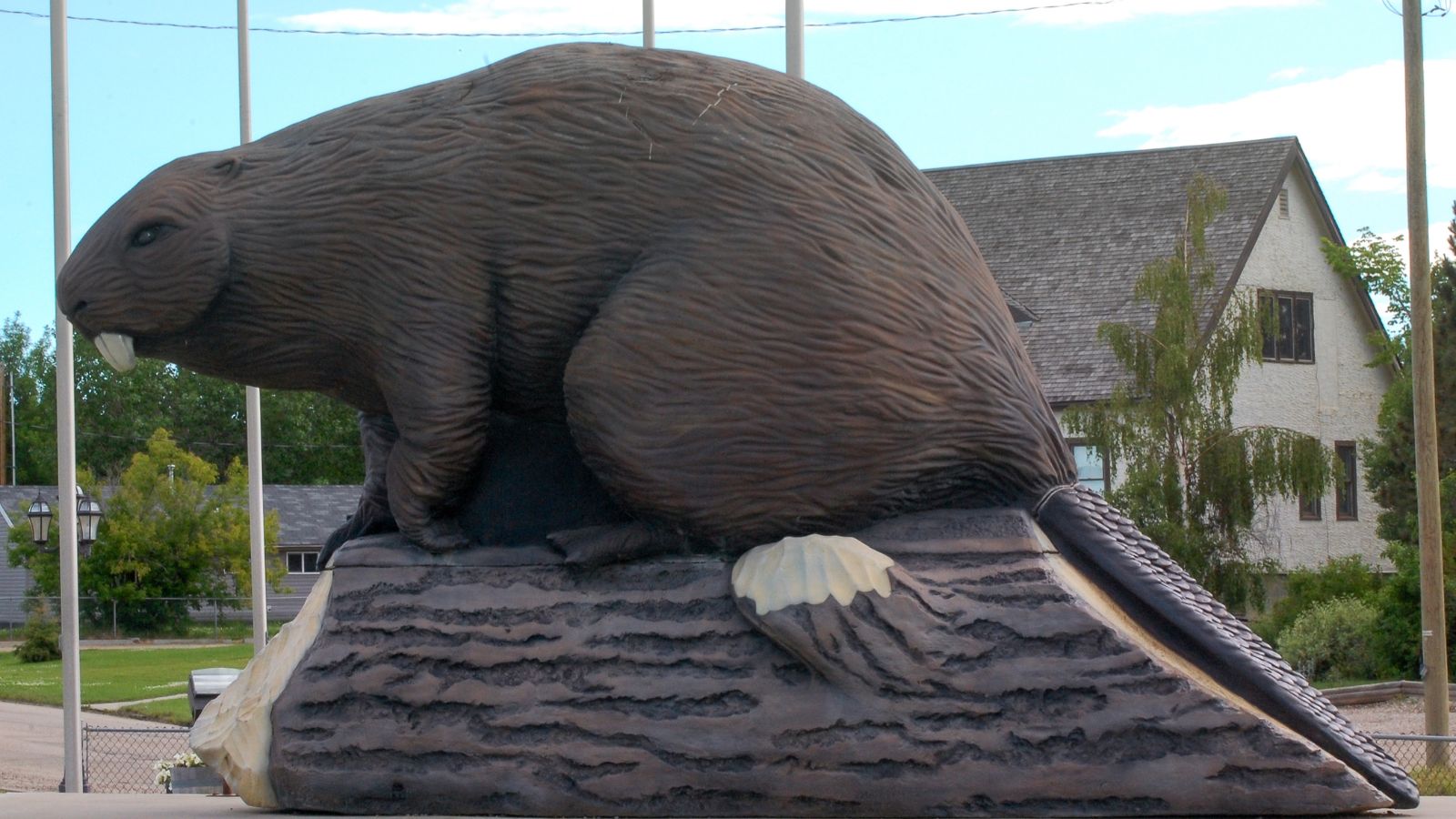
This towering 18-foot-tall beaver sculpture welcomes visitors to Beaverlodge with a blend of whimsy and civic pride. Constructed in 2004, the sculpture stands on a giant log, offering a photo-friendly tribute to Canada’s national animal. Beyond its amusing stature, it symbolizes local craftsmanship and the town’s connection to nature and history.
The Umbrella Sky Project – Montréal, Québec
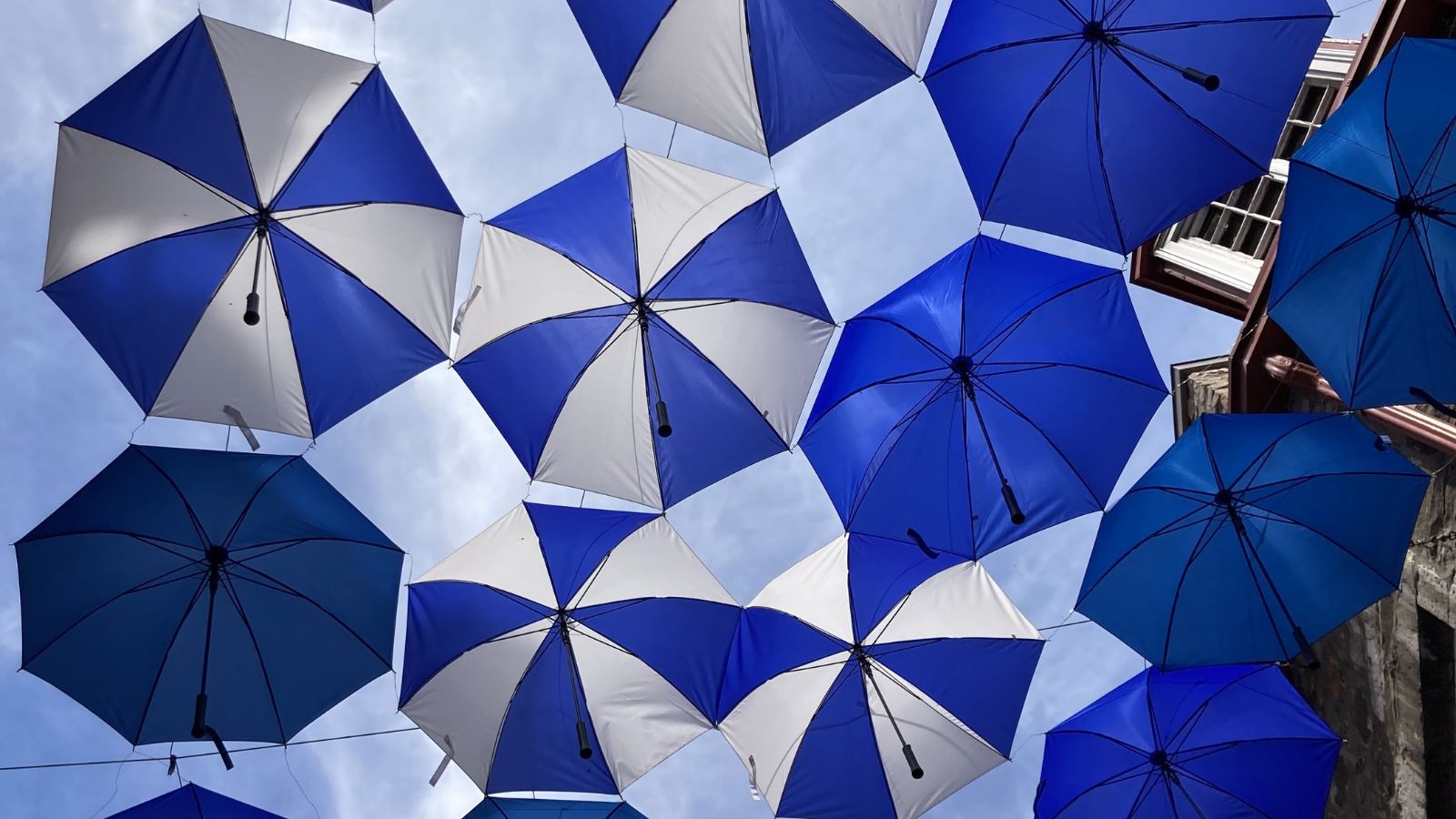
In the heart of Montréal’s Gay Village, a vibrant canopy of multicolored umbrellas floats above pedestrians during the summer months. Created as part of an initiative to brighten urban life, this installation transforms the street into a cheerful, dreamlike tunnel, providing both shade and a powerful visual metaphor for diversity and inclusion.
Digital Orca – Vancouver, British Columbia
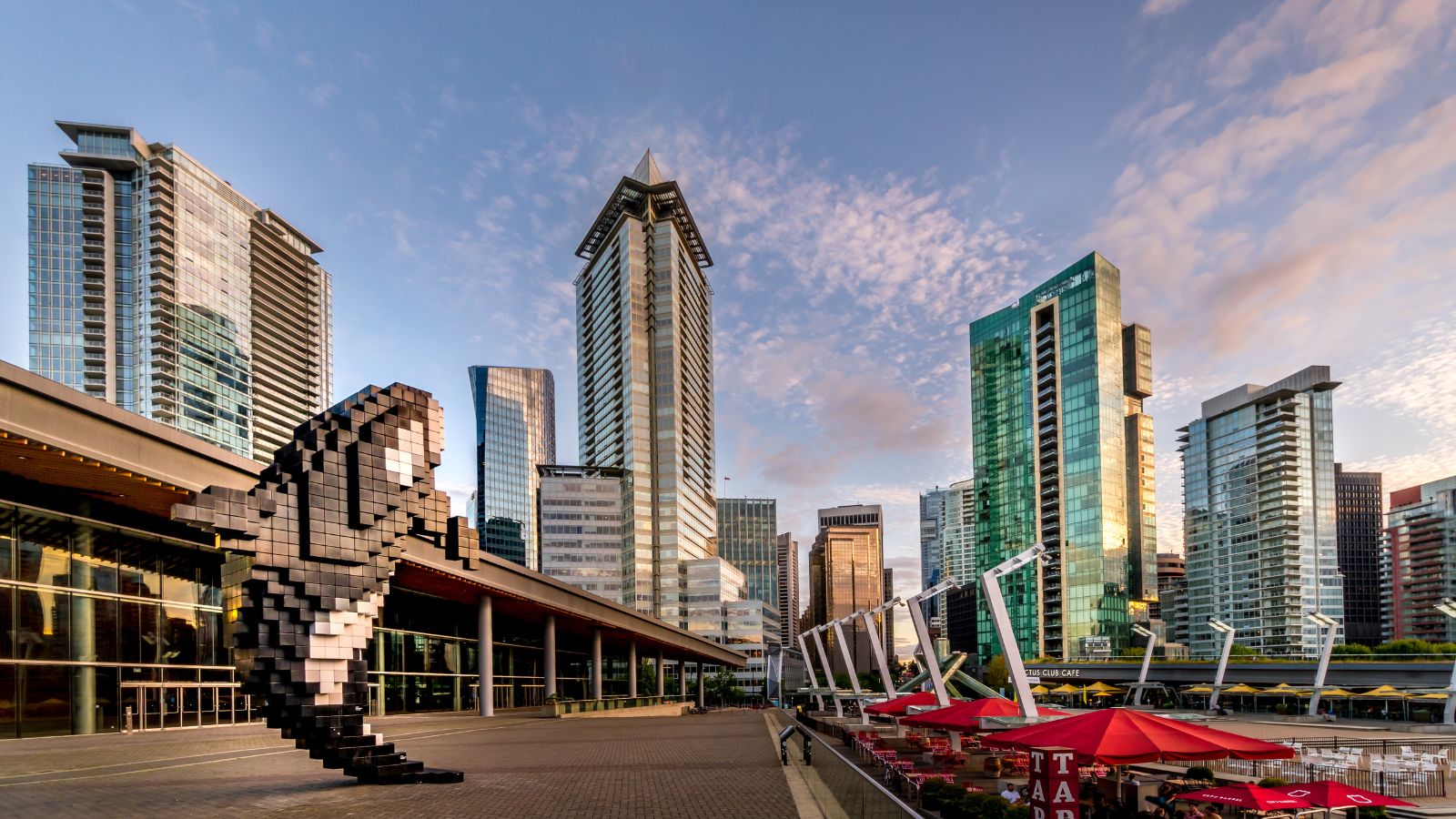
Standing proudly near the Vancouver Convention Centre, Douglas Coupland’s “Digital Orca” merges natural form with pixelated abstraction. Constructed from black and white cubes, the sculpture appears as if a whale has leaped out of a retro video game. It’s an eye-catching commentary on the intersection of digital culture and the Pacific ecosystem.
Forever Bicycles – Toronto, Ontario
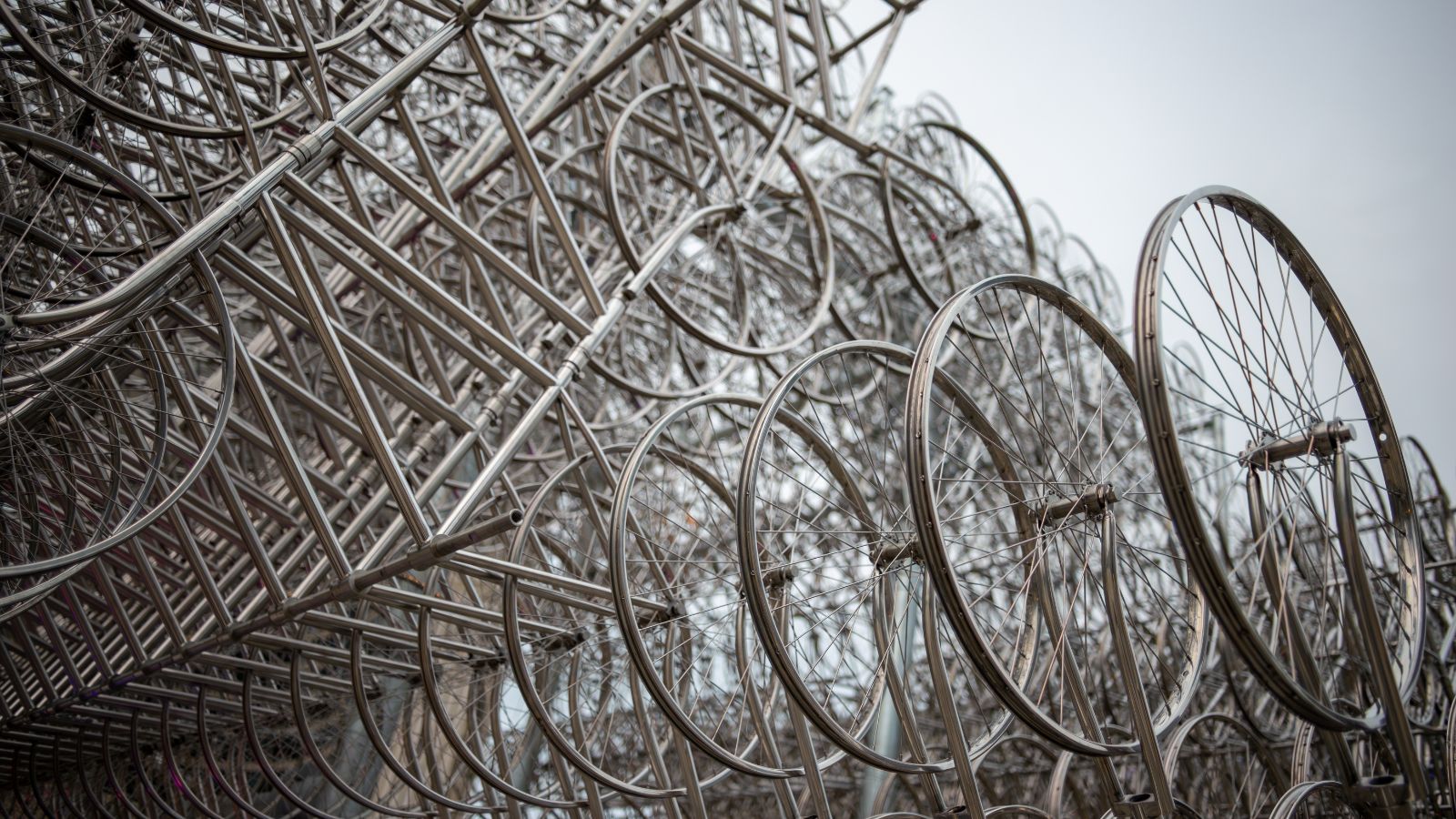
Ai Weiwei’s “Forever Bicycles” is a monumental structure composed of over 3,000 interconnected steel bikes. Installed temporarily in Toronto’s Nathan Phillips Square, it stunned viewers with its hypnotic geometry and complex symbolism. The repetition of identical bikes evokes themes of freedom, control, and the mass production that shapes modern life.
Inuksuk – Various Locations Across Canada
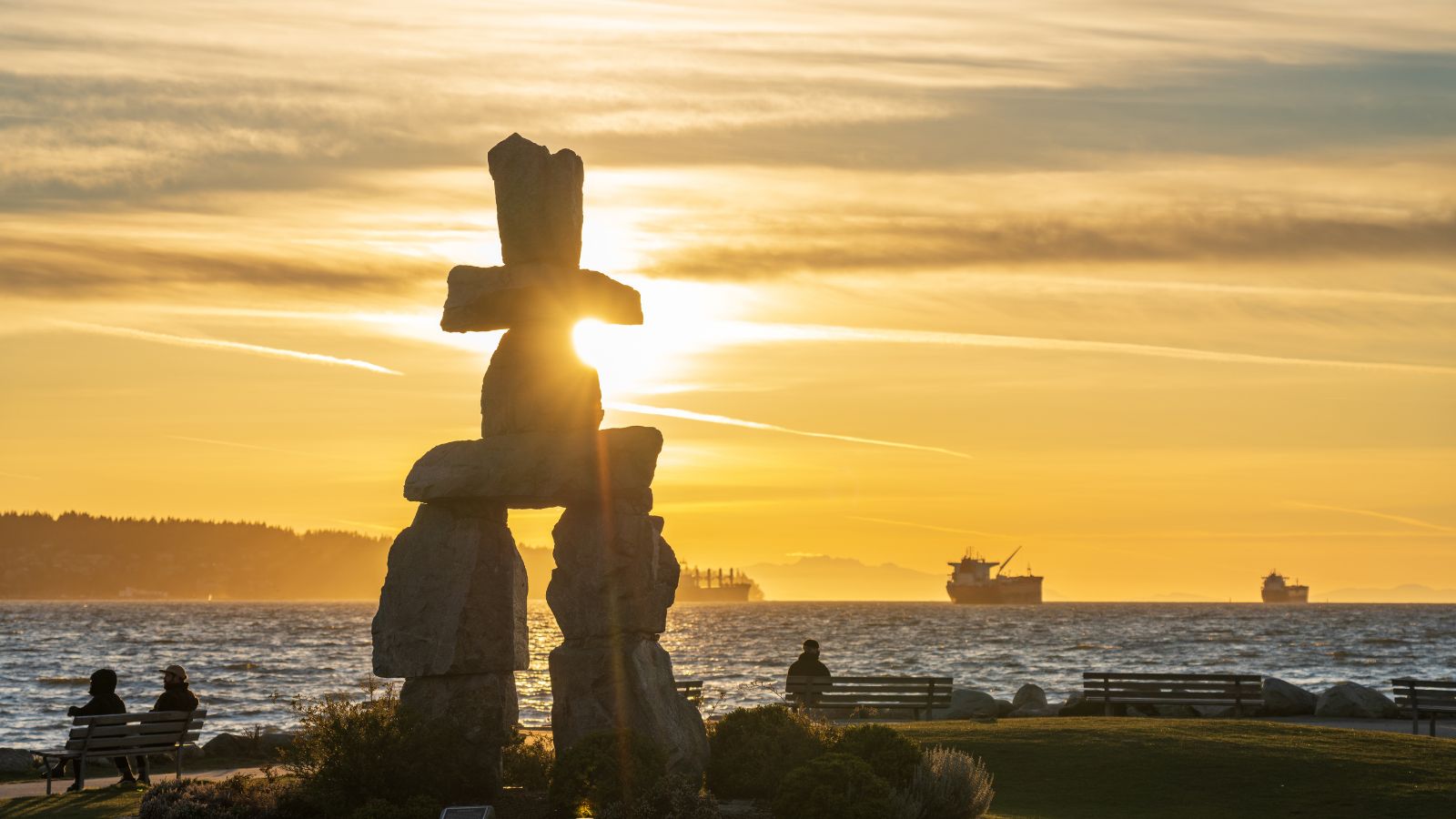
The inuksuk is more than art—it’s a cultural symbol rooted in Inuit heritage. These human-shaped stone markers can be found across Canada, particularly in the North. While each inuksuk varies in design and purpose, they all serve as guides, waypoints, and tributes to the Indigenous knowledge and presence that defines much of Canada’s landscape.
The Gummy Bear – Victoria, British Columbia
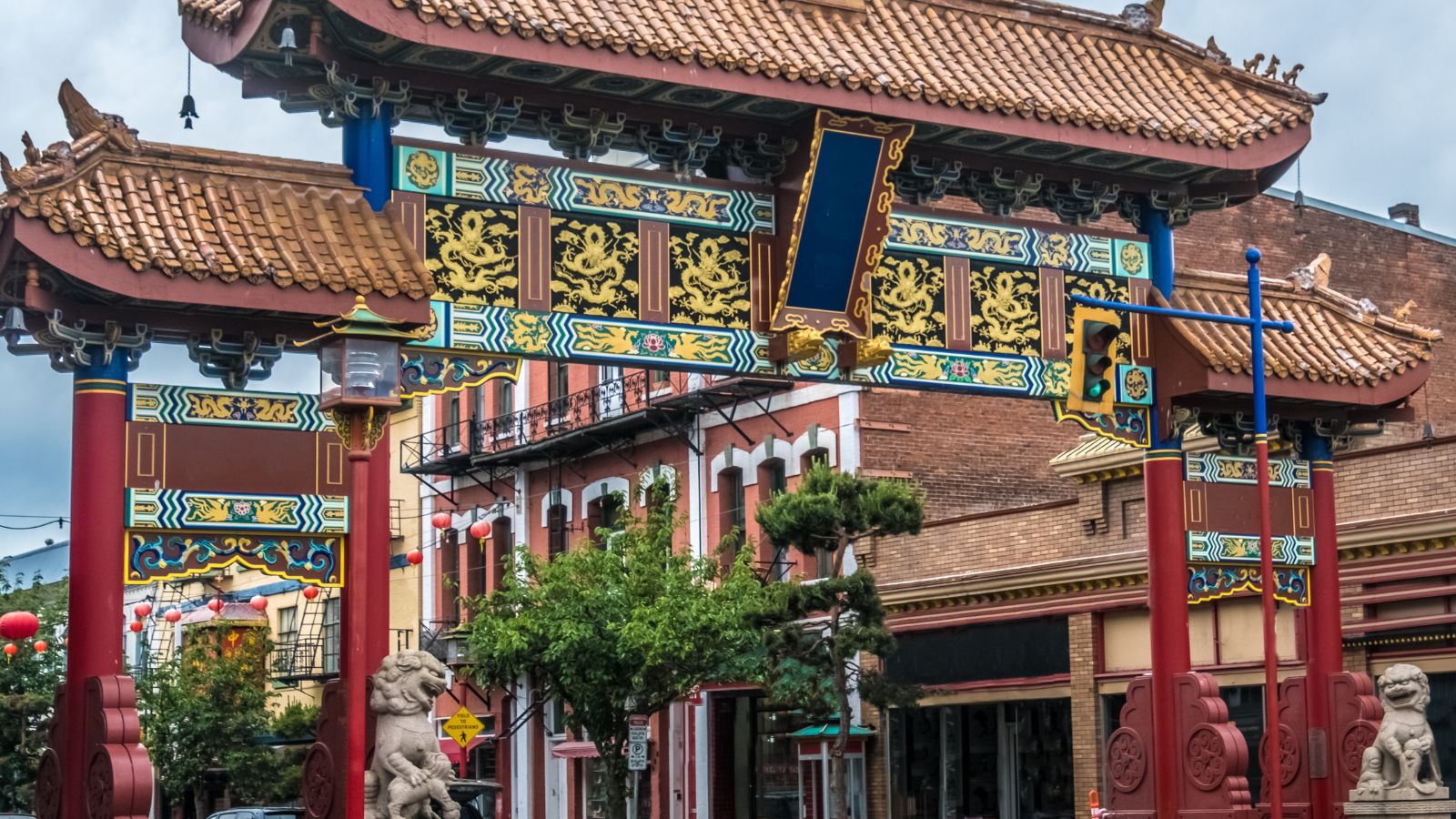
A surprising find in Victoria’s urban fabric, the giant red gummy bear sculpture by artist Joe Average stands as a playful, surreal nod to pop culture. With its candy-bright exterior and bold presence, this piece challenges the viewer’s expectations of traditional public art and invites a sense of wonder and amusement.
Raymond Moriyama’s Peace Fountain – Ottawa, Ontario
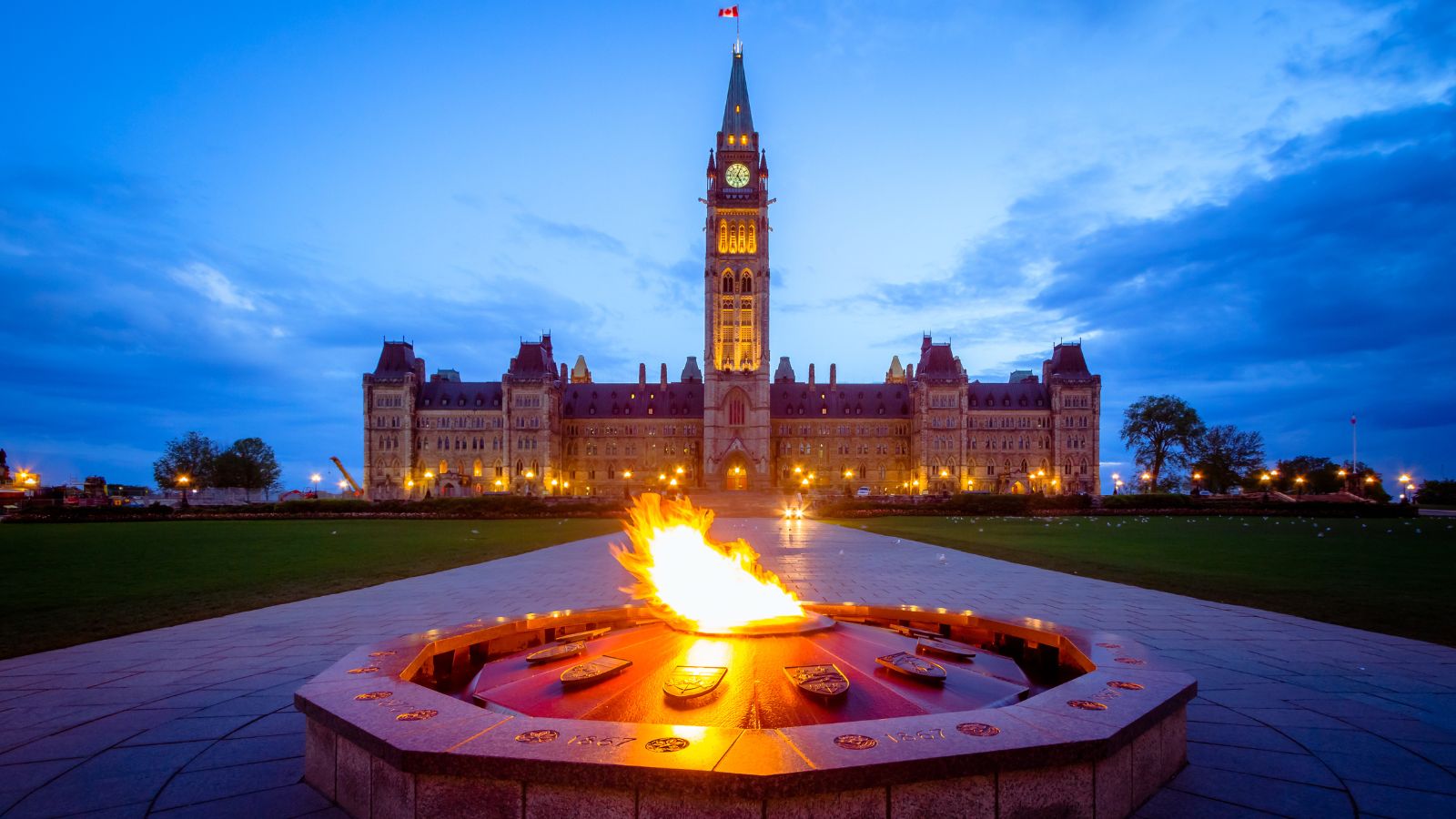
Located beside the Rideau Canal, this understated yet deeply symbolic fountain honors the global mission of peace. Designed by acclaimed architect Raymond Moriyama, the installation features tranquil water elements that invite quiet reflection in Canada’s capital. It pays homage to both international diplomacy and the human longing for harmony.
Wonderland – Calgary, Alberta
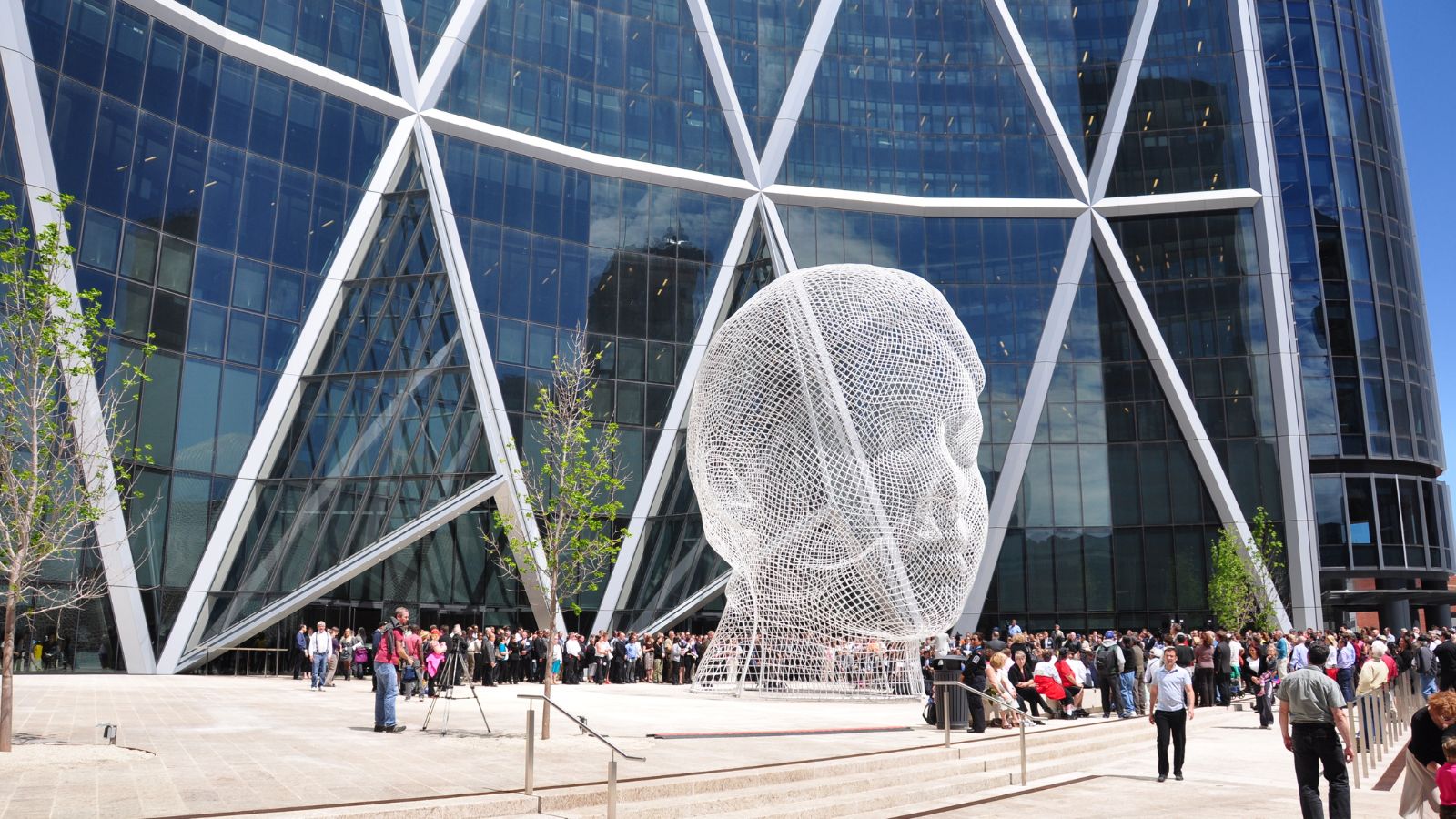
“Wonderland,” a 12-meter-tall wire mesh head created by Spanish artist Jaume Plensa, graces the front of Calgary’s The Bow building. Viewers can walk inside the head, experiencing a surreal spatial distortion. Its transparency and scale evoke thoughts on identity, imagination, and the relationship between our physical and mental spaces.
The Forks’ Public Art – Winnipeg, Manitoba
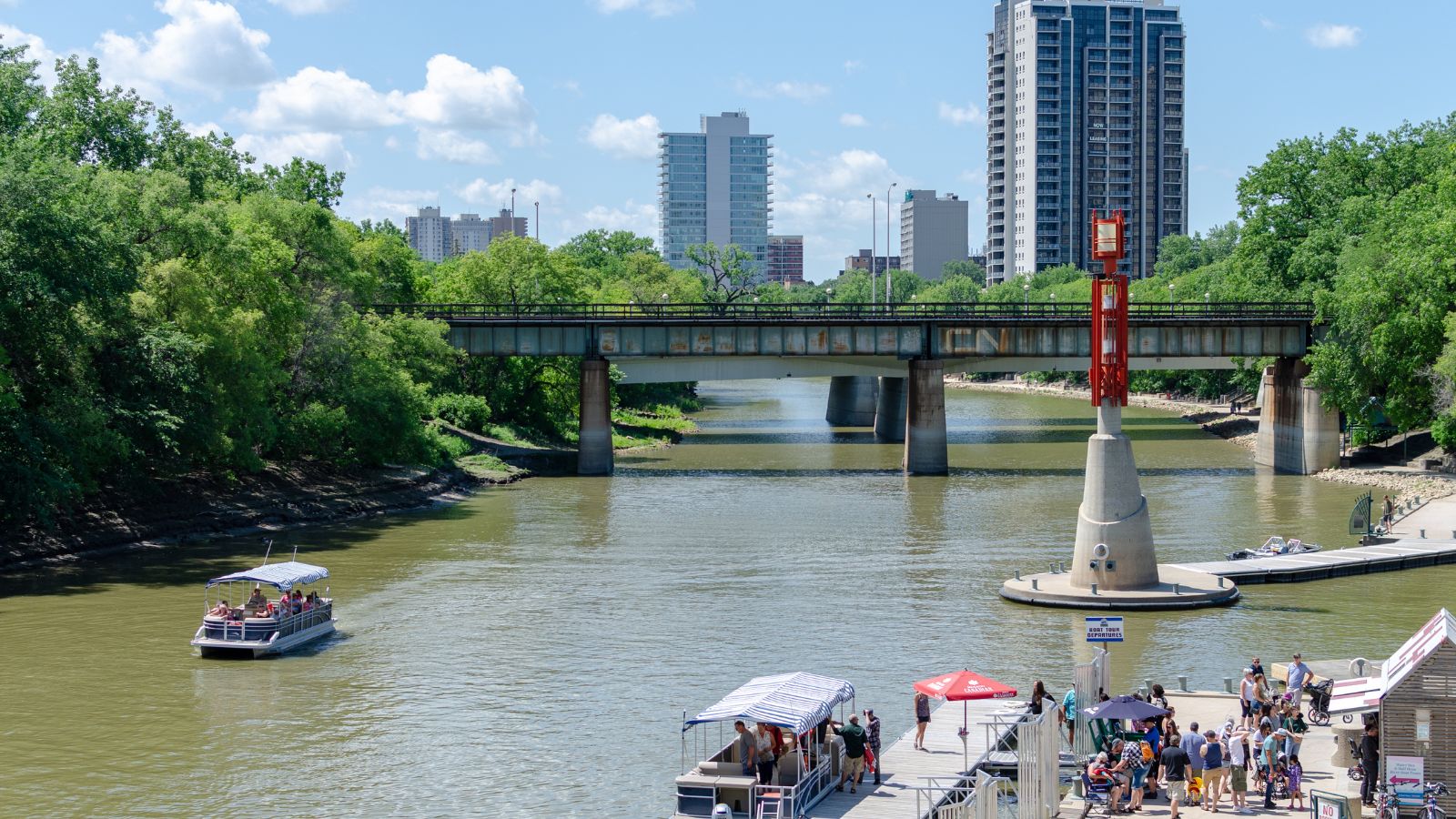
The Forks, a historic meeting place at the confluence of the Red and Assiniboine rivers, features an evolving array of public artworks. Installations like “Niimaamaa,” a striking mother-and-child sculpture by KC Adams, Ian August, and Jaimie Isaac, integrate Indigenous themes and modern aesthetics, capturing the area’s rich cultural legacy.
Device to Root Out Evil – Calgary, Alberta
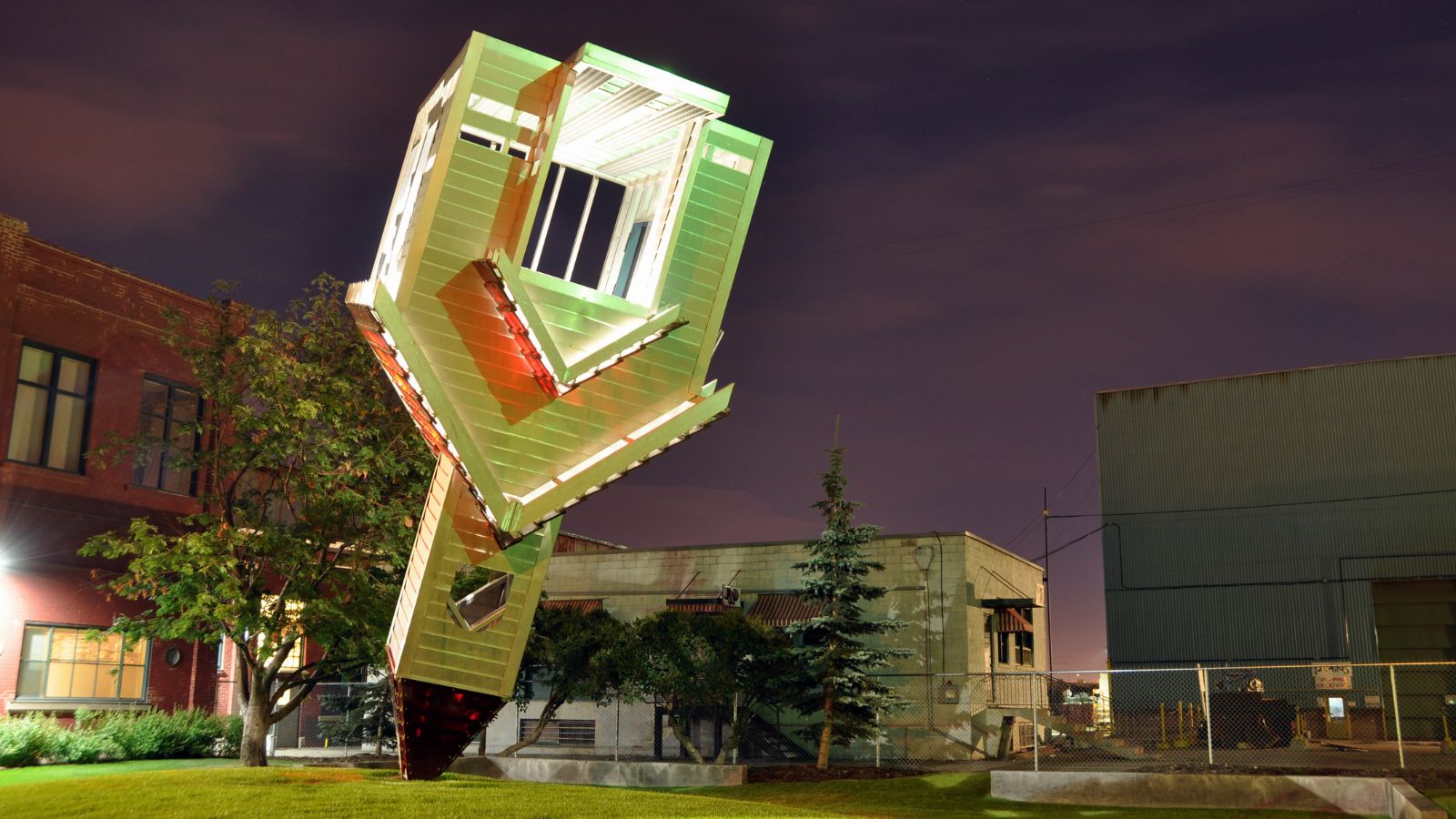
This provocative sculpture by Dennis Oppenheim, featuring an upside-down church with its steeple embedded in the ground, challenges notions of faith, authority, and sacred space. Once displayed in Vancouver, the piece found a permanent home in Calgary. Its jarring presence continues to spark debate and introspection about spiritual and societal structures.
Wishing Well – Toronto, Ontario
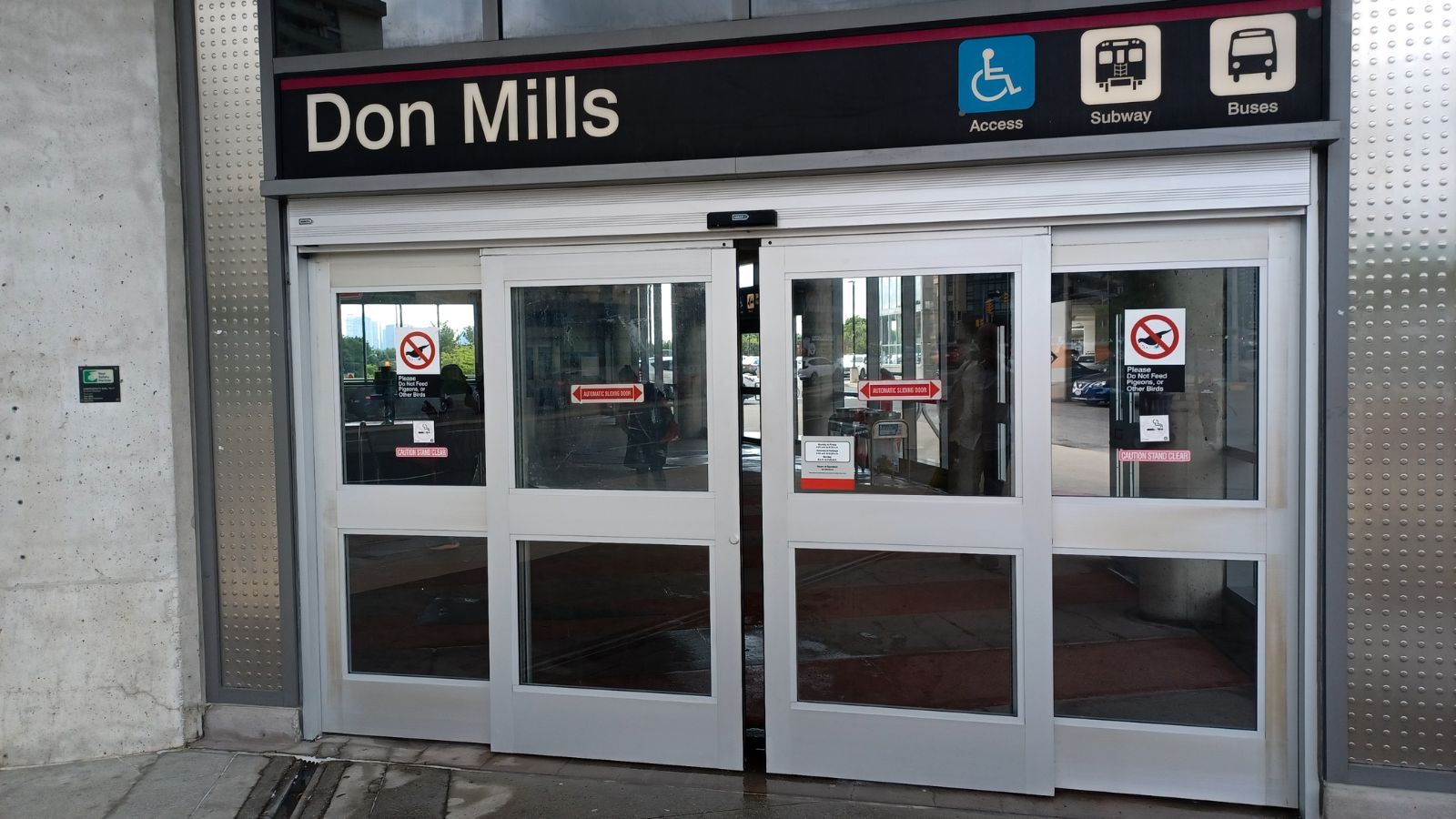
Located at the Shops at Don Mills, “Wishing Well” is a captivating kinetic sculpture made of reflective stainless steel. Created by architects Dan Young and Christian Giroux, it reacts to light and movement, distorting the environment and the viewer’s perception. This immersive experience melds architecture, art, and illusion in a seamless loop.
Spirit of Haida Gwaii – Ottawa, Ontario
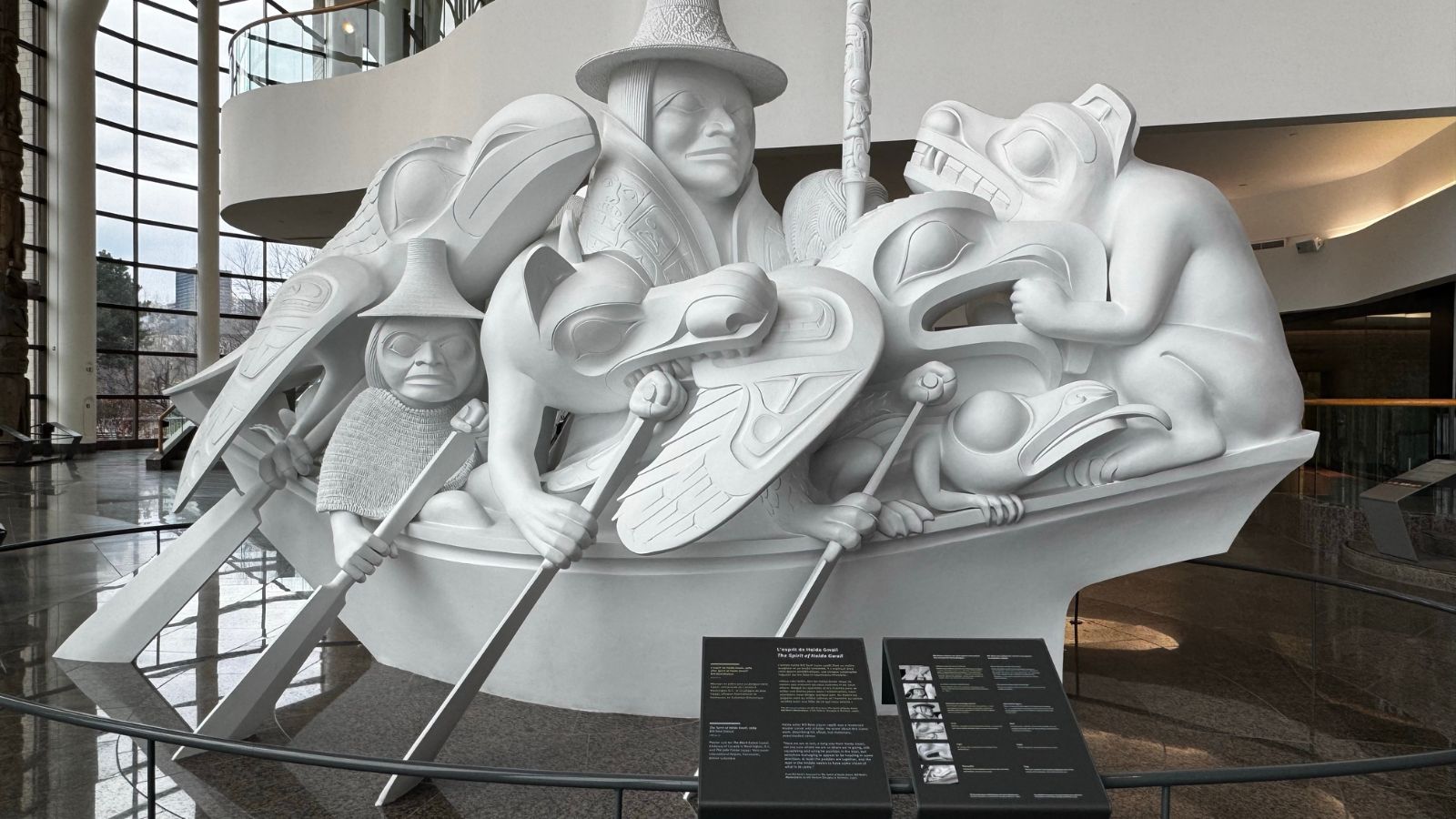
Bill Reid’s masterpiece, “The Spirit of Haida Gwaii,” sits in the Canadian Embassy in Washington, D.C., and in front of the Canadian Museum of History in Gatineau. This bronze canoe, packed with mythological Haida figures, symbolizes the strength and complexity of Indigenous cultures. It’s a profound work of cultural storytelling and resilience.
The Last of the Fur Traders – La Ronge, Saskatchewan
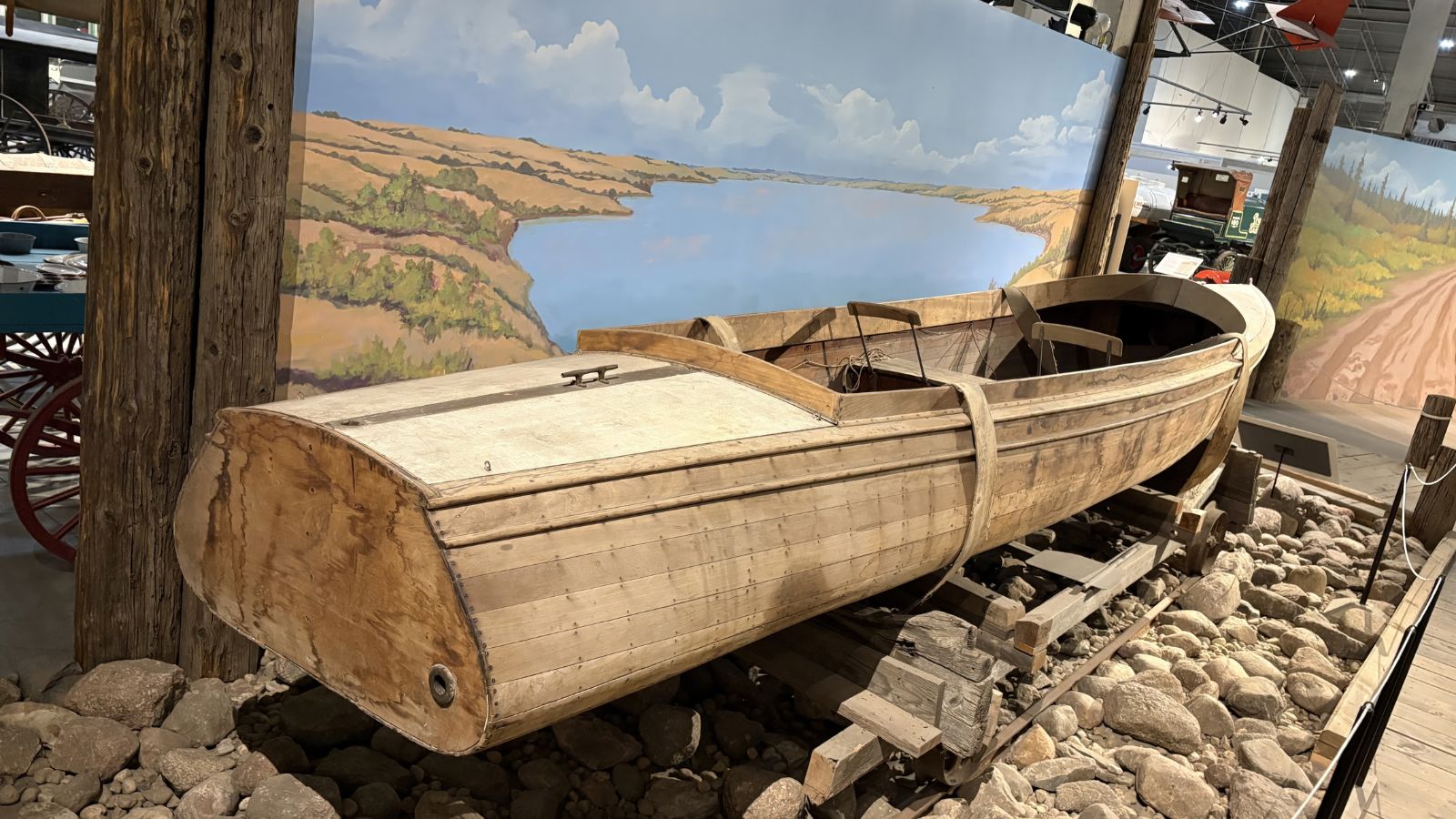
This life-size bronze sculpture commemorates the fur trade’s enduring legacy in Northern Canada. Depicting a trapper and his canoe, the installation is not just a tribute to history, but also a nod to the Indigenous and Métis communities whose lives were shaped by this pivotal era of Canadian commerce and culture.
Les Chuchoteuses – Montréal, Québec
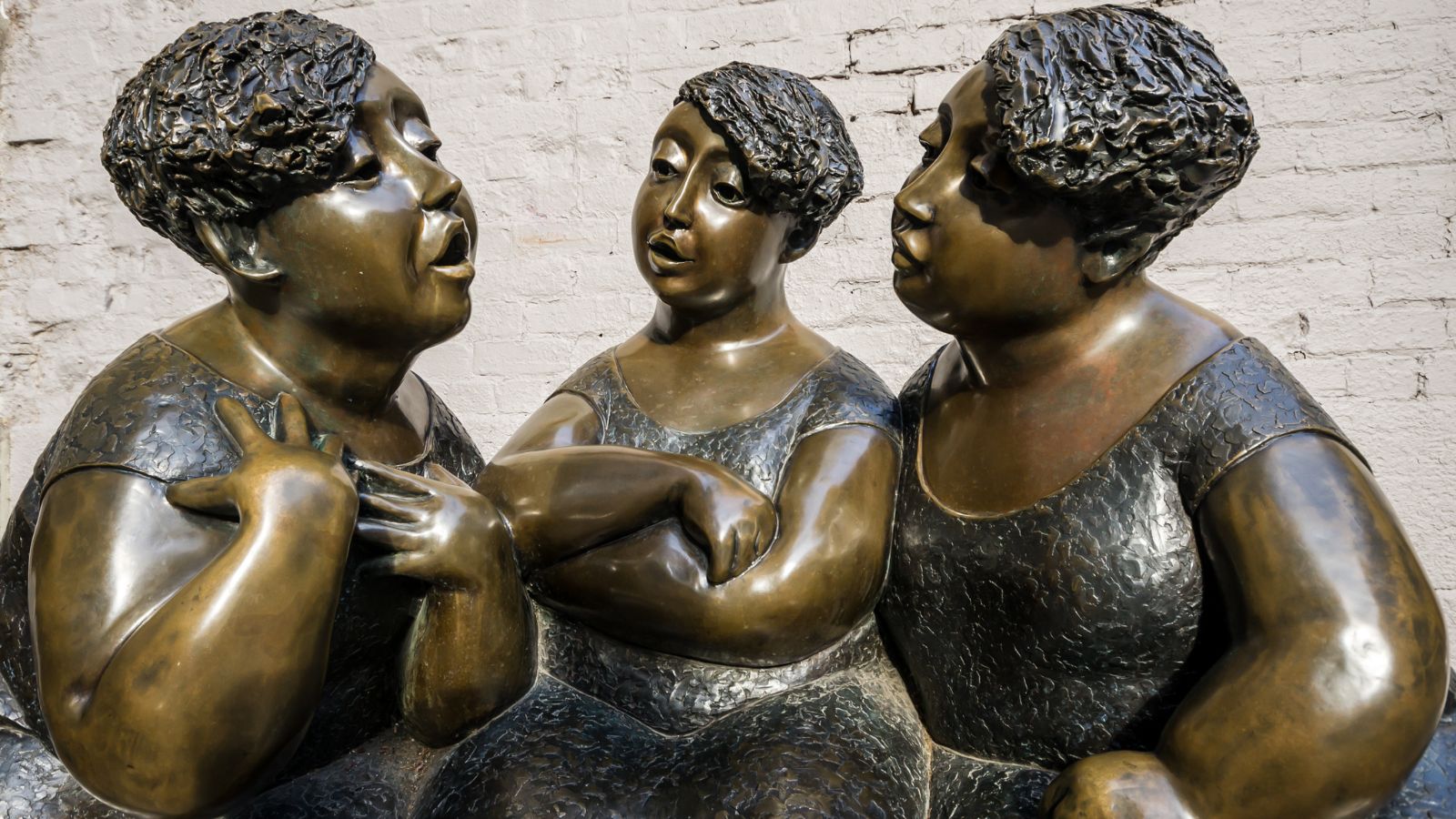
The “Whisperers” are three bronze figures on Saint-Catherine Street, frozen in mid-gossip. Created by artist Rose-Aimée Bélanger, these statues radiate character, community, and curiosity. Passersby often find themselves mimicking the figures or imagining their secrets, creating an interactive and intimate encounter in the middle of a busy urban setting.
Pavillon Noir – Saint-Lambert, Québec
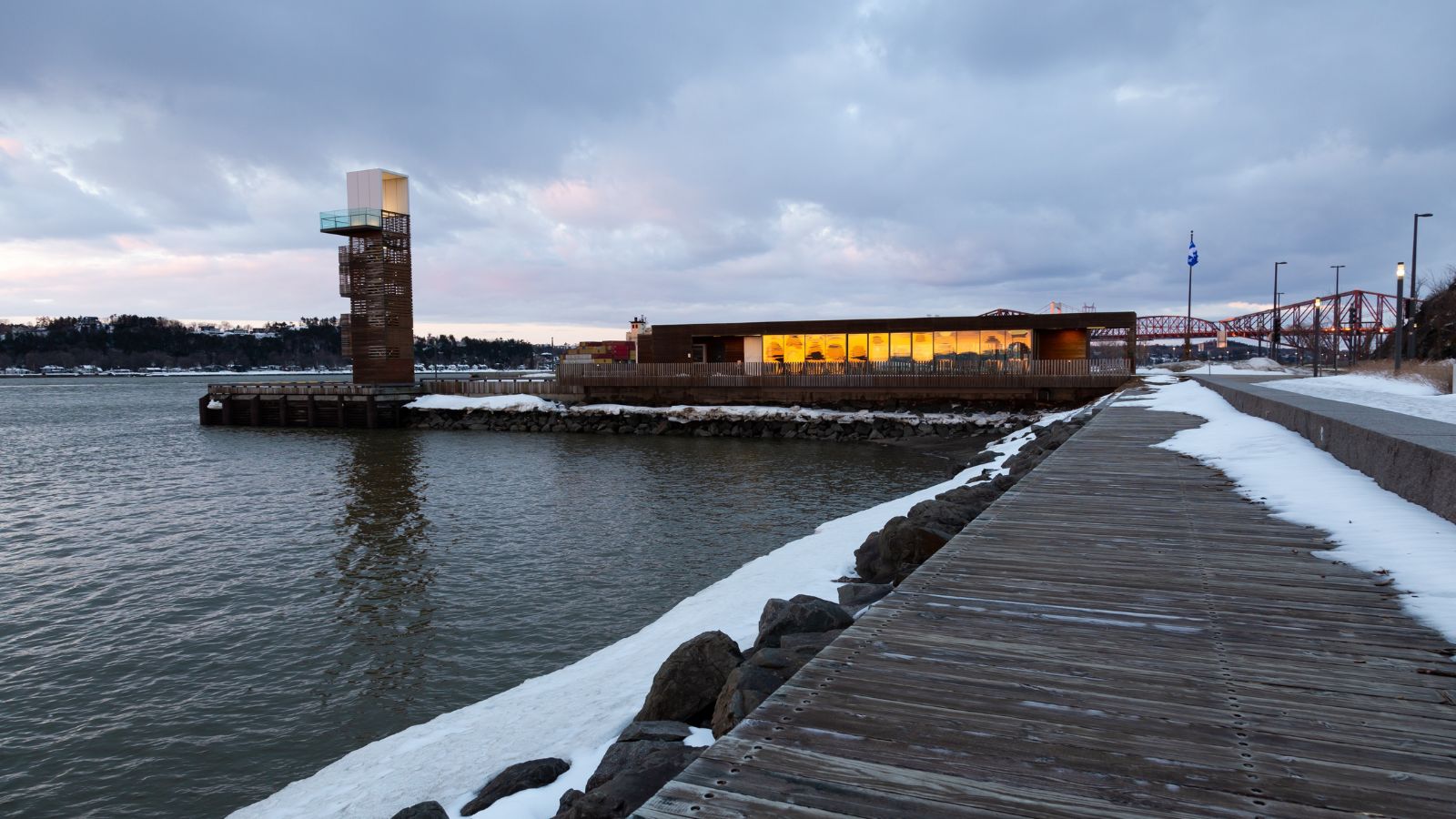
This angular, black steel installation by artist Claude Millette reflects both nautical themes and modern abstraction. Situated in a public park near the St. Lawrence River, “Pavillon Noir” invites viewers to interpret its shape, movement, and shadows differently throughout the day. It’s a testament to how form and light collaborate in public art.
Vault – Edmonton, Alberta
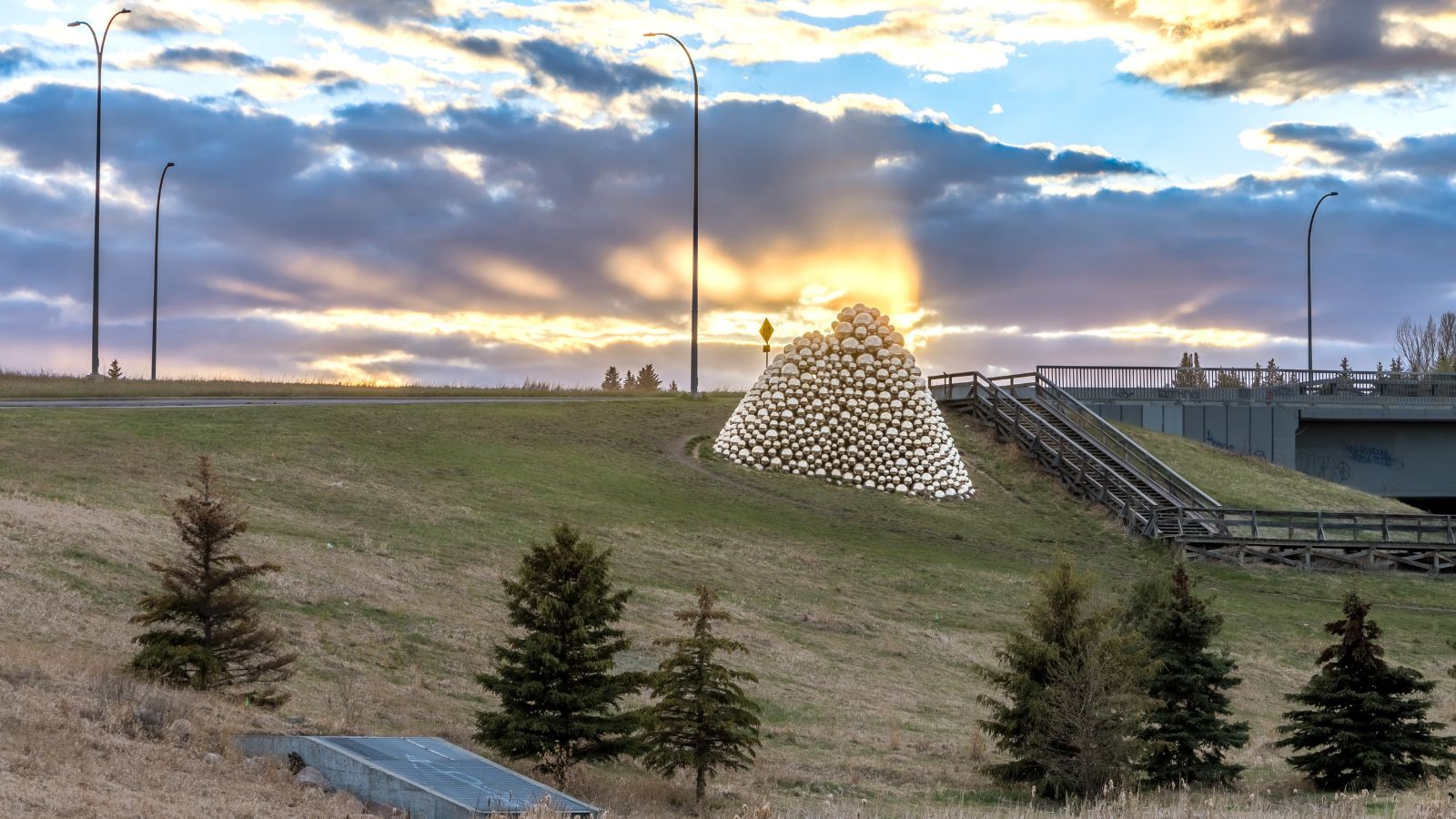
Often affectionately nicknamed “The Talus Dome” or “The Pile of Balls,” this sculpture is a sphere-shaped cluster of mirrored silver orbs beside the Whitemud Freeway. Though polarizing, it captures attention and mirrors the surrounding landscape in a constantly shifting visual. It reflects both natural beauty and urban oddity in equal measure.
Monument to East Vancouver – Vancouver, British Columbia
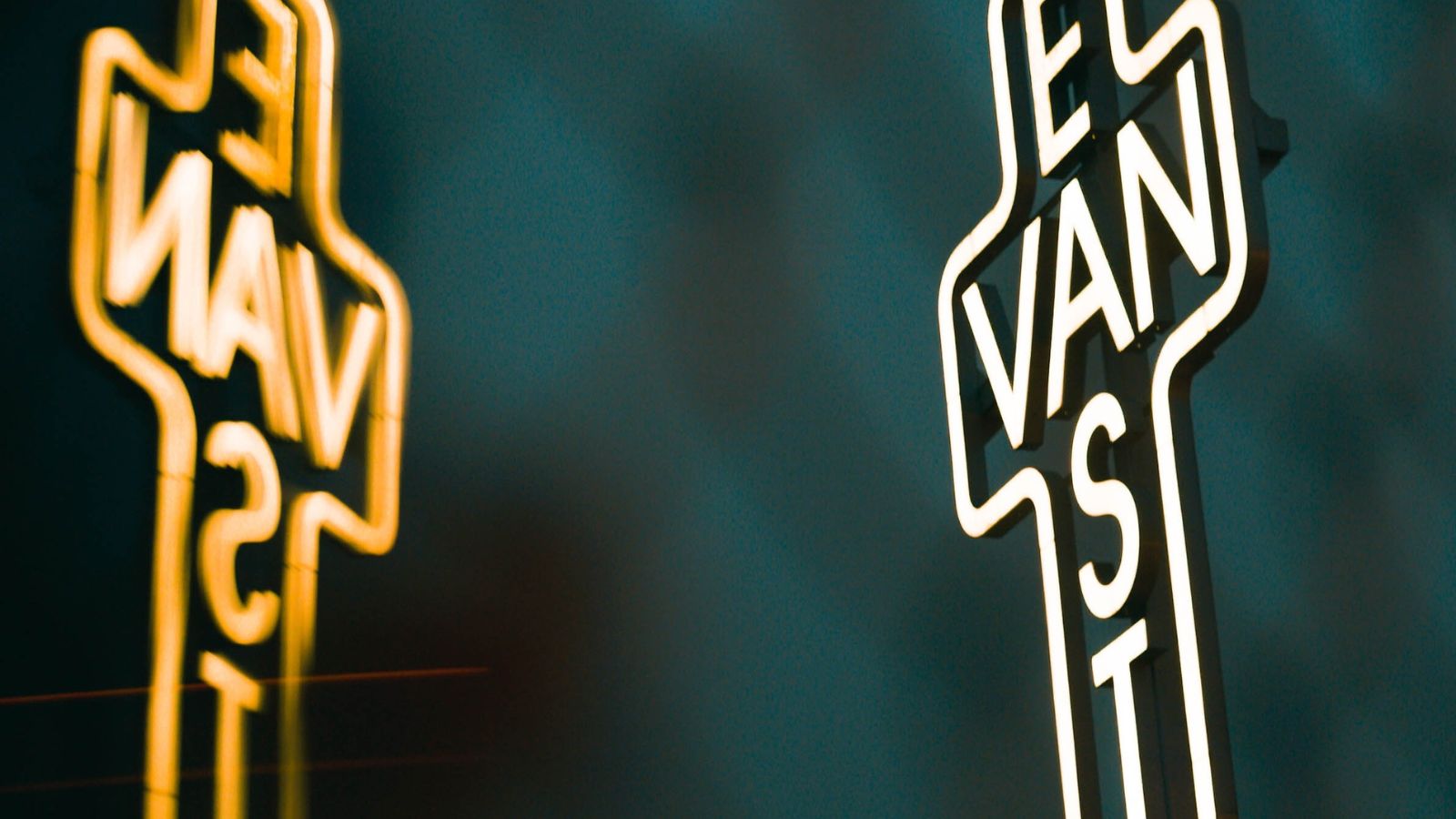
Ken Lum’s glowing cross-shaped monument features the words “East Van” in a vertical stack, creating a stark, iconic symbol of Vancouver’s east side. At night, its neon glow casts a reverent aura over the neighborhood, acknowledging East Vancouver’s working-class roots and rich cultural identity with artistic gravity.
Clouds – Regina, Saskatchewan
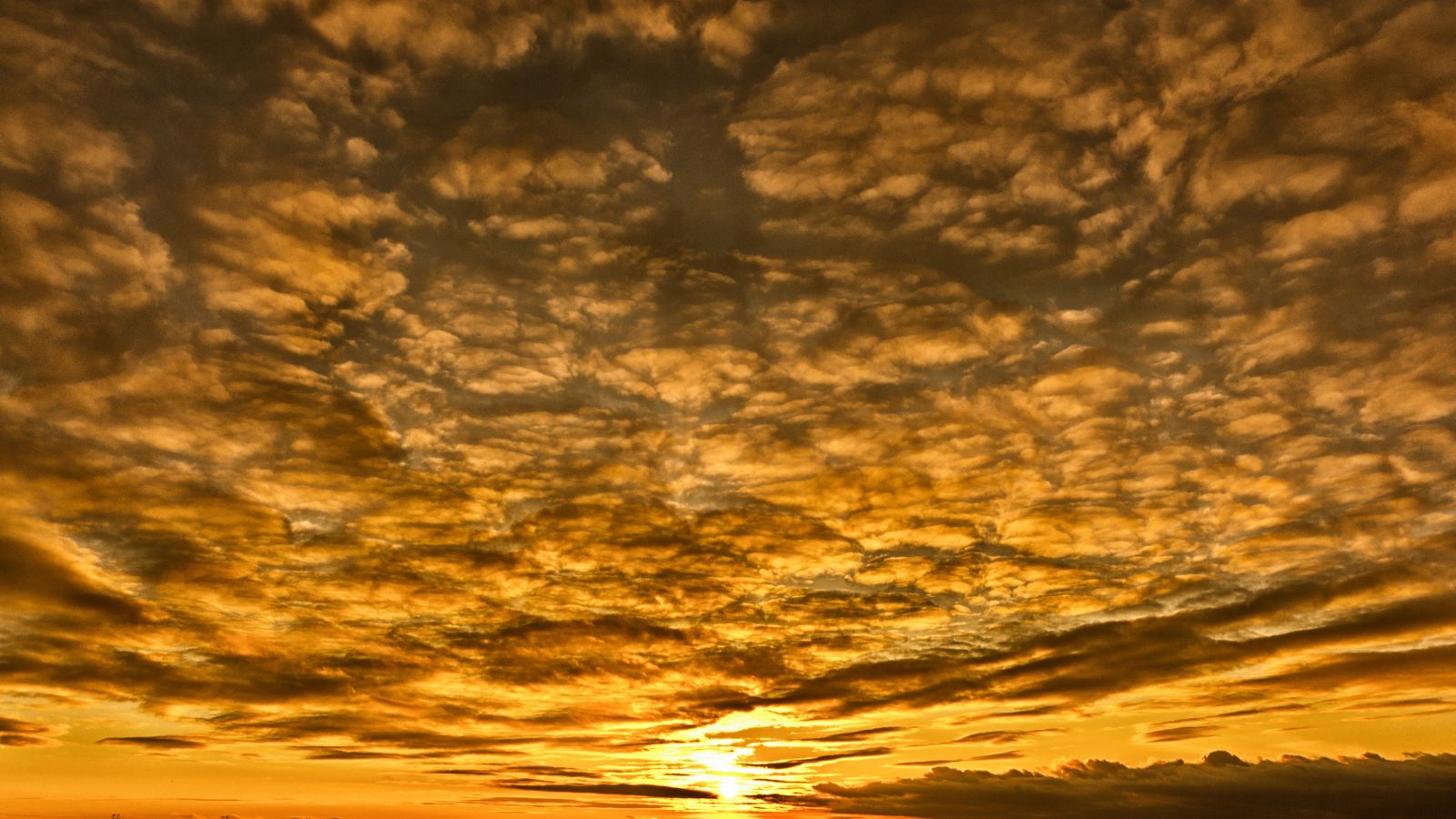
Regina’s City Square Plaza features “Clouds,” a sculptural installation that evokes the prairie sky’s vastness. Crafted from stainless steel, these amorphous shapes provide shade and visual interest, combining public utility with artistic inspiration. It’s a reminder of how art can mirror the environment while enhancing public space.
The Blue Ring – Calgary, Alberta
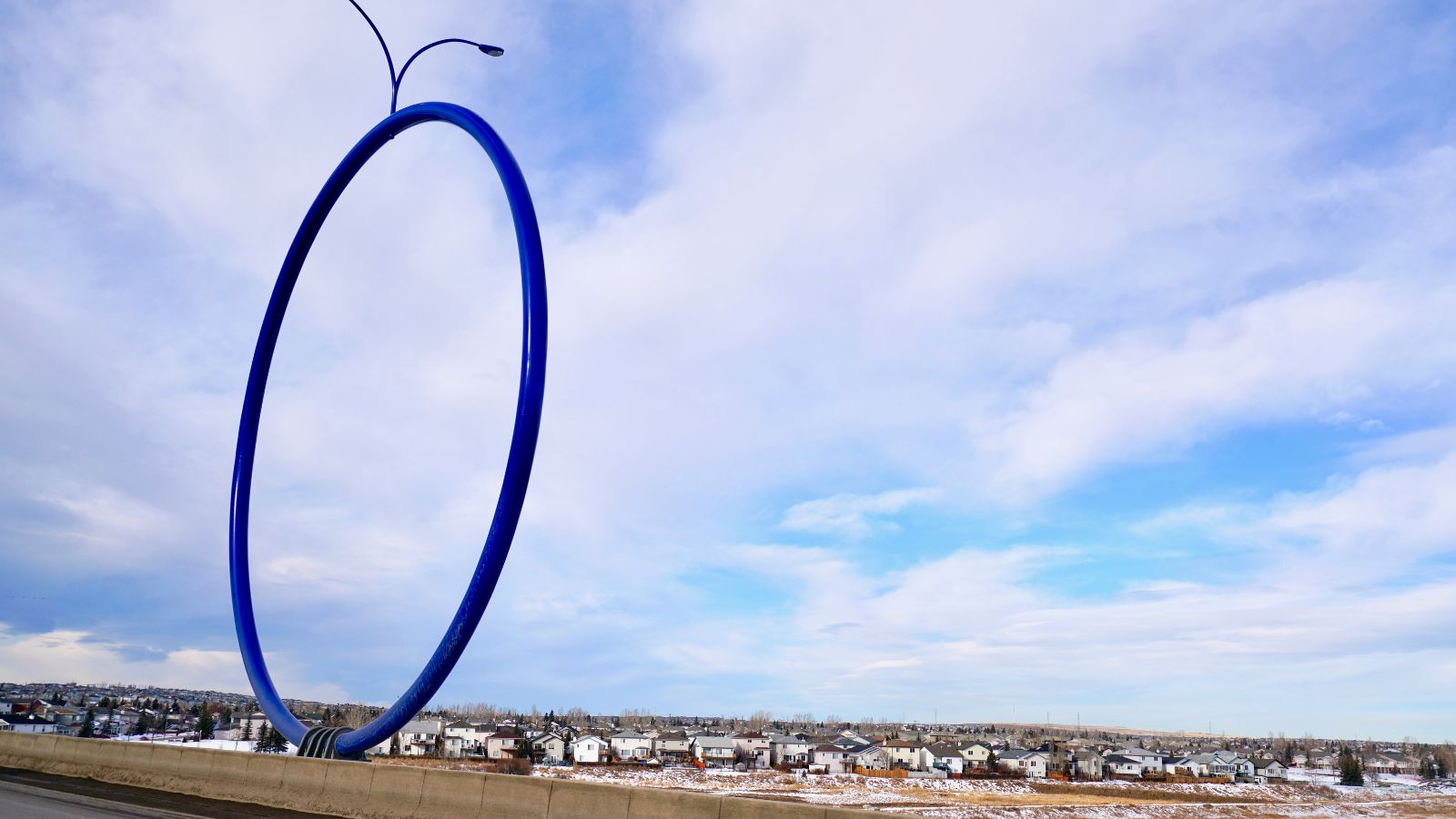
This controversial yet compelling installation is a massive steel ring painted bright blue, located at the top of a streetlight. Officially titled “Travelling Light,” it has sparked debates about artistic merit and public spending. Regardless of opinion, the ring’s stark minimalism forces contemplation about scale, purpose, and artistic boundaries.
Homage to Brancusi – Québec City, Québec
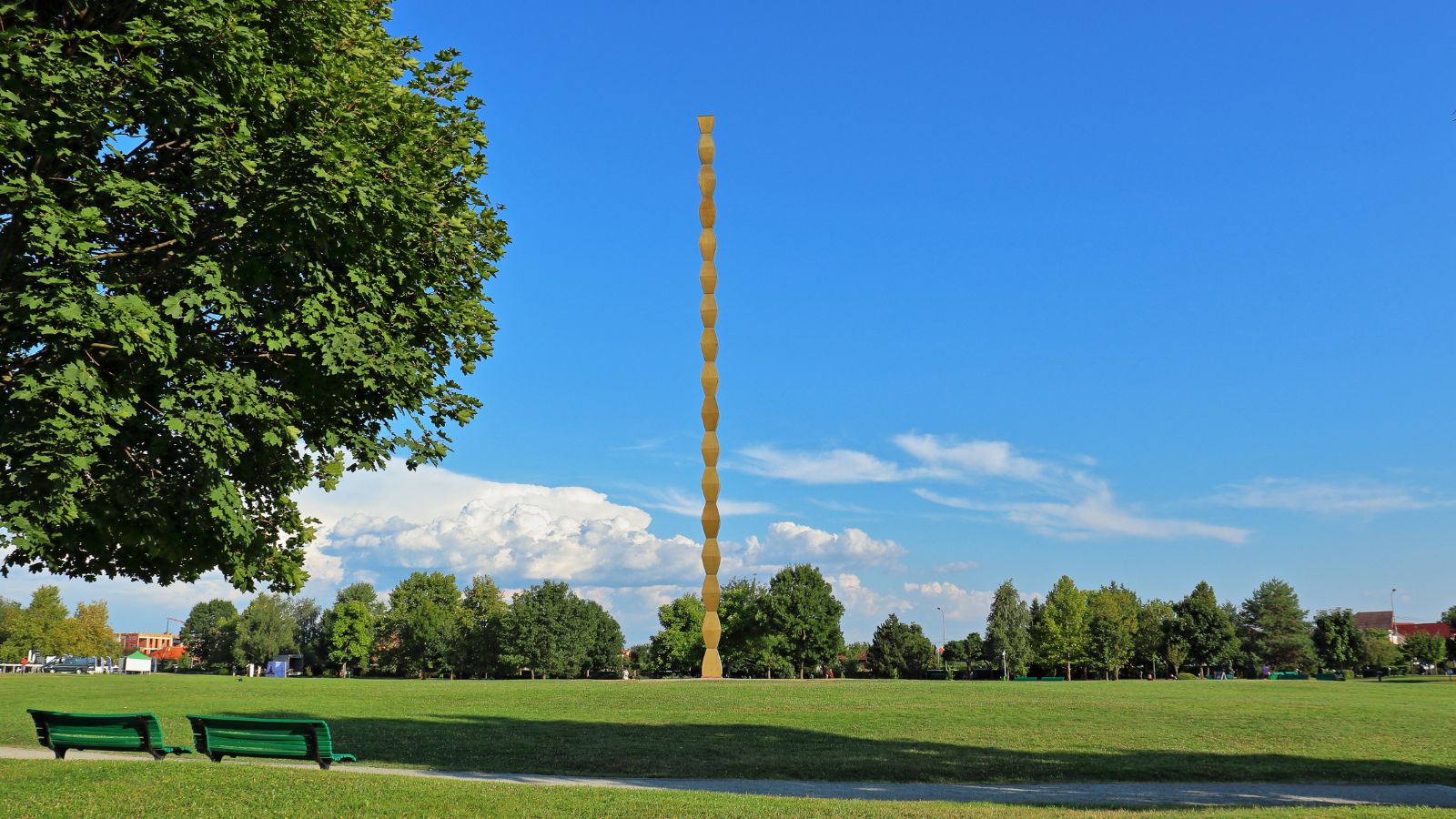
In Québec City’s bustling Saint-Roch district, this towering wooden sculpture pays tribute to Romanian sculptor Constantin Brancusi. With sleek lines and natural materials, the piece bridges traditional woodworking with modernist ideals. It stands as a quiet, vertical interruption in the urban space, one that invites pause, admiration, and reverence for artistic lineage.
22 Times Canadian Ingenuity Left the U.S. in the Dust
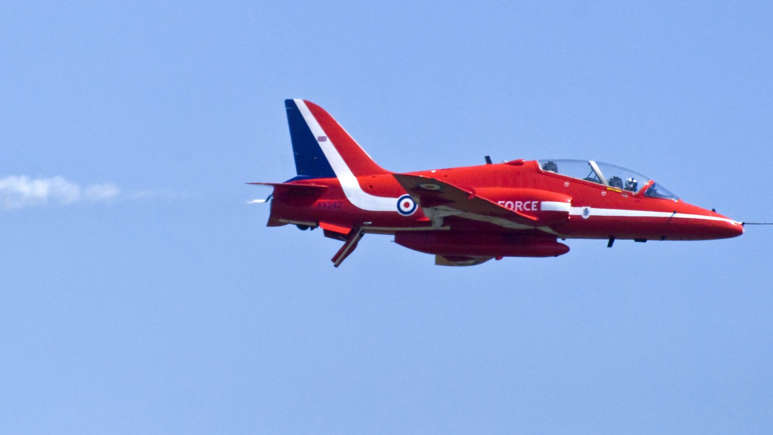
When people think of innovation, they often picture Silicon Valley. However, Canada has a history of innovation, too. Whether it’s redefining sports, revolutionizing medicine, or just showing America up at its own game, Canadian inventors, thinkers, and dreamers have had their fair share of mic-drop moments. Here are 22 times Canadian ingenuity left the U.S. in the dust.
22 Times Canadian Ingenuity Left the U.S. in the Dust
